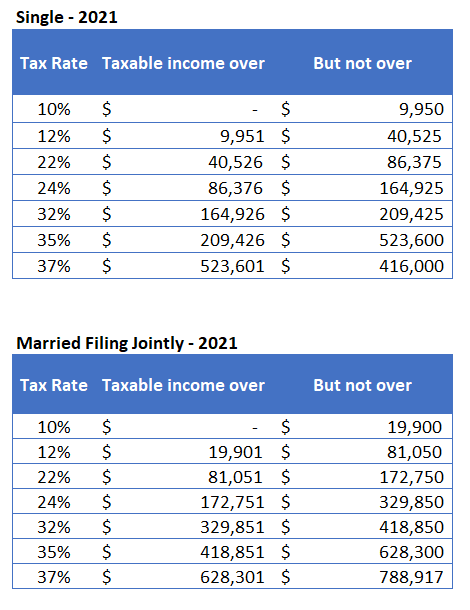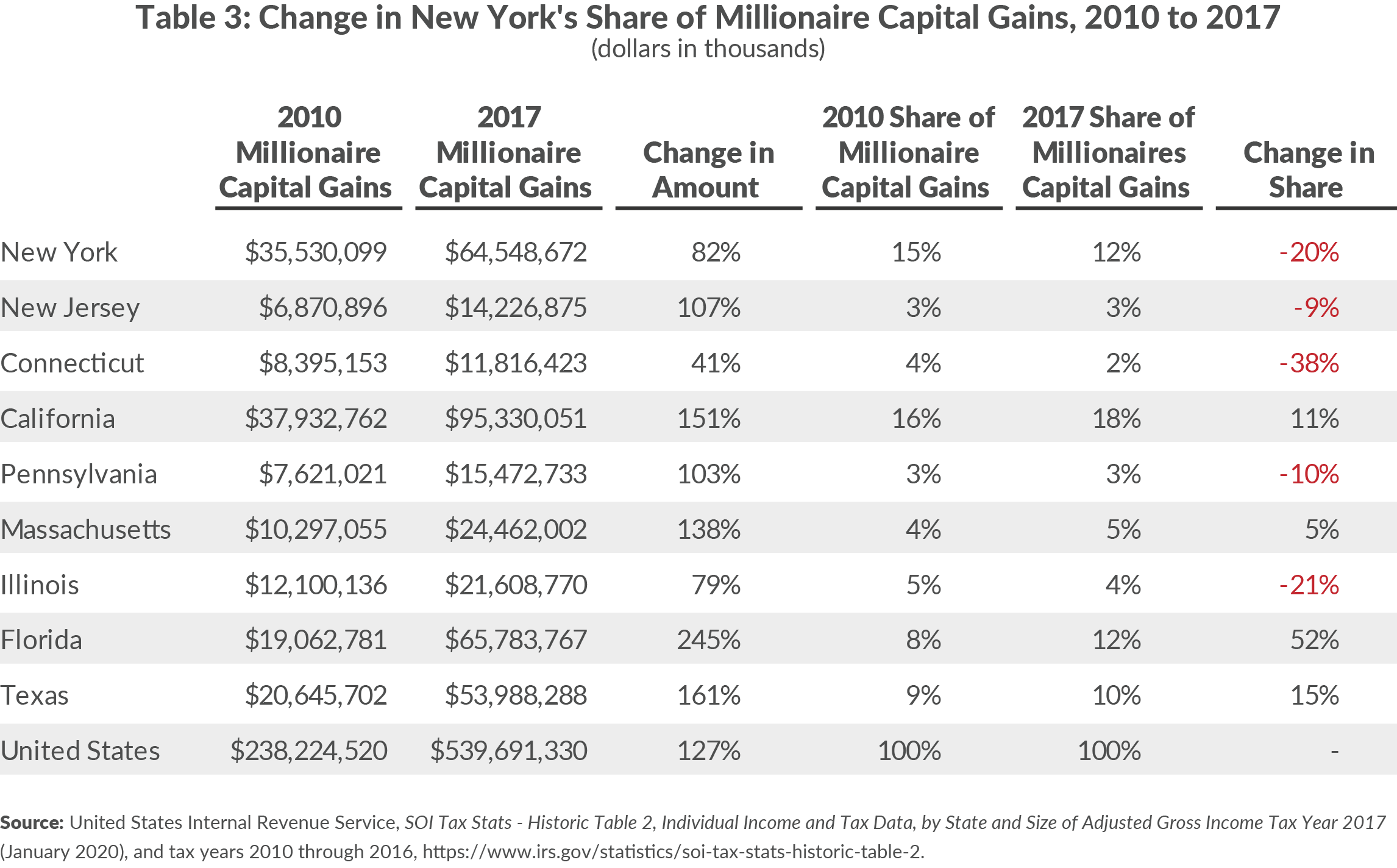

The exclusion is increased to $155,000 for gifts to spouses.Take another example of someone single with a taxable income for 2023 of $40,000. In 2019, the first $15,000 of gifts to any person are excluded from tax. 2019 Qualified Business Income Deduction Thresholds Filing Status The Tax Cuts and Jobs Act includes a 20 percent deduction for pass-through businesses against up to $160,700 of qualified business income for unmarried taxpayers and $321,400 for married taxpayers (Table 7). Qualified Business Income Deduction (Sec. 2019 Capital Gains Bracketsįor Unmarried Individuals, Taxable Capital Gains Overįor Married Individuals Filing Joint Returns, Taxable Capital Gains Overįor Heads of Households, Taxable Capital Gains Over Long-term capital gains are taxed using different brackets and rates than ordinary income. The Additional Child Tax Credit will remain at $1,4. However, the refundable portion of the Child Tax Credit, also known as the Additional Child Tax Credit, is adjusted for inflation.

The child tax credit totals at $2,000 per qualifying child and is not adjusted for inflation. 2019 Earned Income Tax Credit Parameters Filing Status All these are relatively small increases from 2018. The maximum credit is $3,526 for one child, $5,828 for two children, and $6,557 for three or more children. The maximum Earned Income Tax Credit in 2019 for single and joint filers is $529, if the filer has no children (Table 5). 2019 Alternative Minimum Tax Exemption Phaseout Thresholds Filing Status In 2019, the exemption will start phasing out at $510,300 in AMTI for single filers and $1,020,600 for married taxpayers filing jointly (Table 4). In 2019, the 28 percent AMT rate applies to excess AMTI of $194,800 for all taxpayers ($97,400 for married couples filing separate returns).ĪMT exemptions phase out at 25 cents per dollar earned once taxpayer AMTI hits a certain threshold.

2019 Alternative Minimum Tax Exemptions Filing Status The AMT exemption amount for 2019 is $71,700 for singles and $111,700 for married couples filing jointly (Table 3). The AMT is levied at two rates: 26 percent and 28 percent. However, this exemption phases out for high-income taxpayers. To prevent low- and middle-income taxpayers from being subject to the AMT, taxpayers are allowed to exempt a significant amount of their income from AMTI. The AMT uses an alternative definition of taxable income called Alternative Minimum Taxable Income (AMTI). The taxpayer then needs to pay the higher of the two. This parallel tax income system requires high-income taxpayers to calculate their tax bill twice: once under the ordinary income tax system and again under the AMT. The Alternative Minimum Tax (AMT) was created in the 1960s to prevent high-income taxpayers from avoiding the individual income tax. 2019 Standard Deduction and Personal Exemption Filing Status The personal exemption for 2019 remains eliminated. The standard deduction for single filers will increase by $200 and by $400 for married couples filing jointly (Table 2). Subscribe Standard Deduction and Personal Exemption Subscribe to get insights from our trusted experts delivered straight to your inbox. Stay informed on the tax policies impacting you. 2019 Tax Brackets for Single Filers, Married Couples Filing Jointly, and Heads of Households Rateįor Unmarried Individuals, Taxable Income Overįor Married Individuals Filing Joint Returns, Taxable Income Overįor Heads of Households, Taxable Income Over The top marginal income tax rate of 37 percent will hit taxpayers with taxable income of $510,300 and higher for single filers and $612,350 and higher for married couples filing jointly. In 2019, the income limits for all tax brackets and all filers will be adjusted for inflation and will be as follows (Tables 1).

However, with the Tax Cuts and Jobs Act of 2017, the IRS will now use the Chained Consumer Price Index (C-CPI) to adjust income thresholds, deduction amounts, and credit values accordingly. The IRS used to use the Consumer Price Index (CPI) to calculate the past year’s inflation. This is done to prevent what is called “bracket creep,” when people are pushed into higher income tax brackets or have reduced value from credits and deductions due to inflation, instead of any increase in real income. On a yearly basis the IRS adjusts more than 40 tax provisions for inflation.


 0 kommentar(er)
0 kommentar(er)
